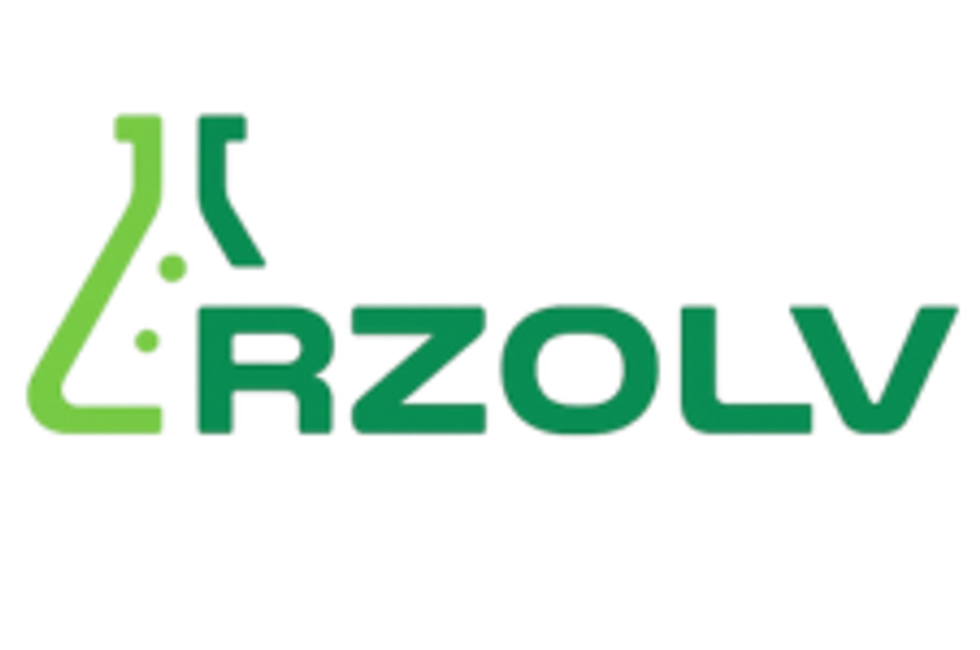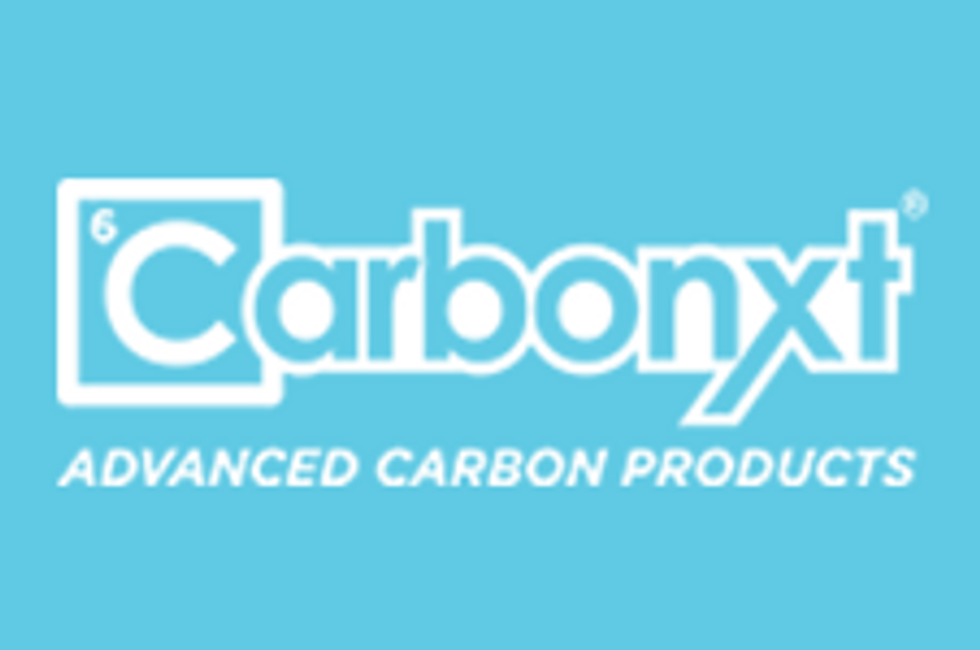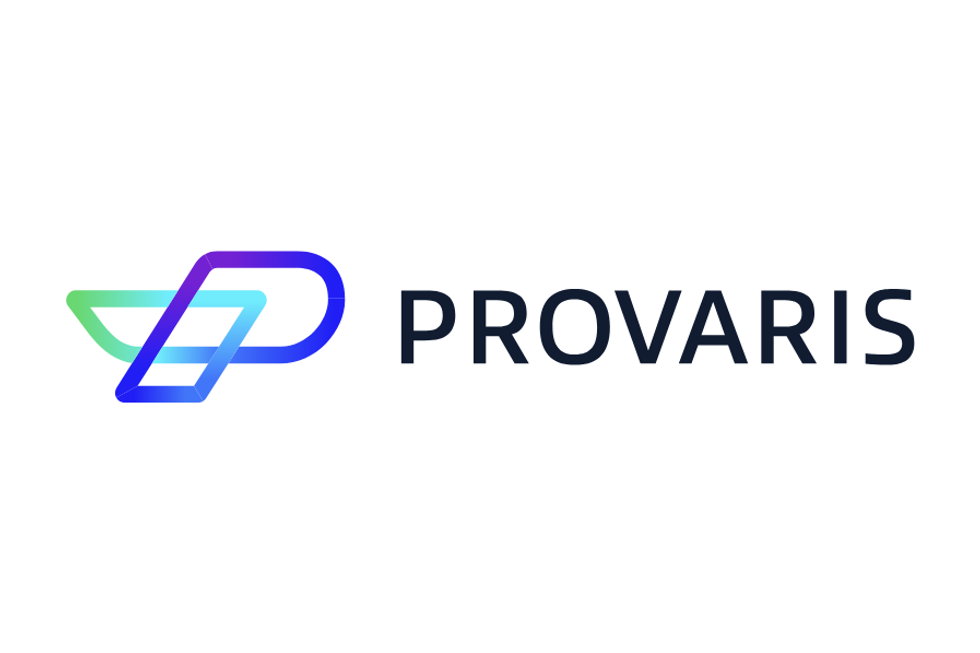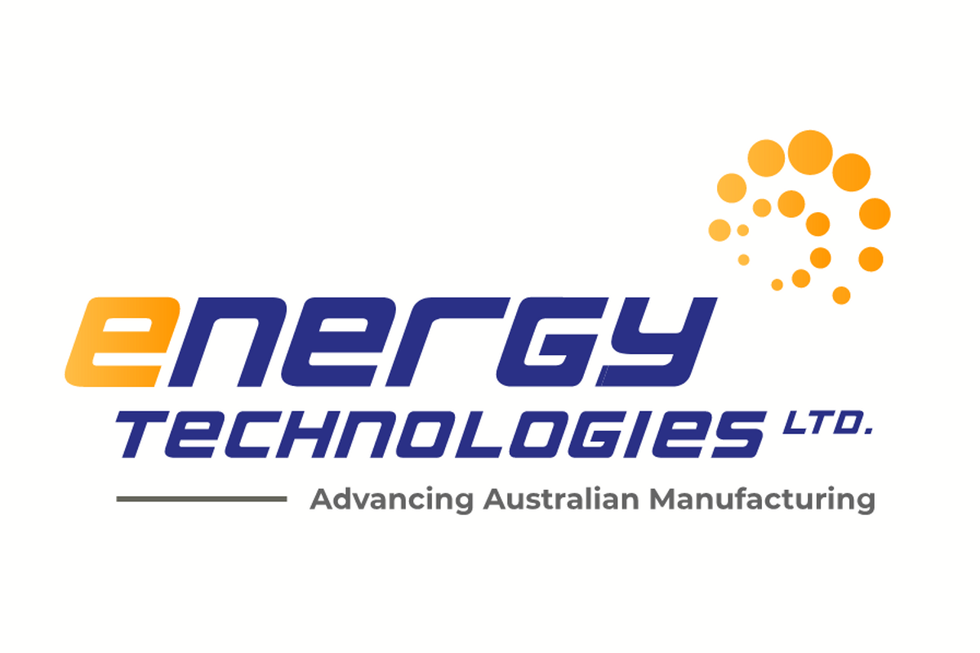dynaCERT Advances Carbon Credit Application with VERRA Authority
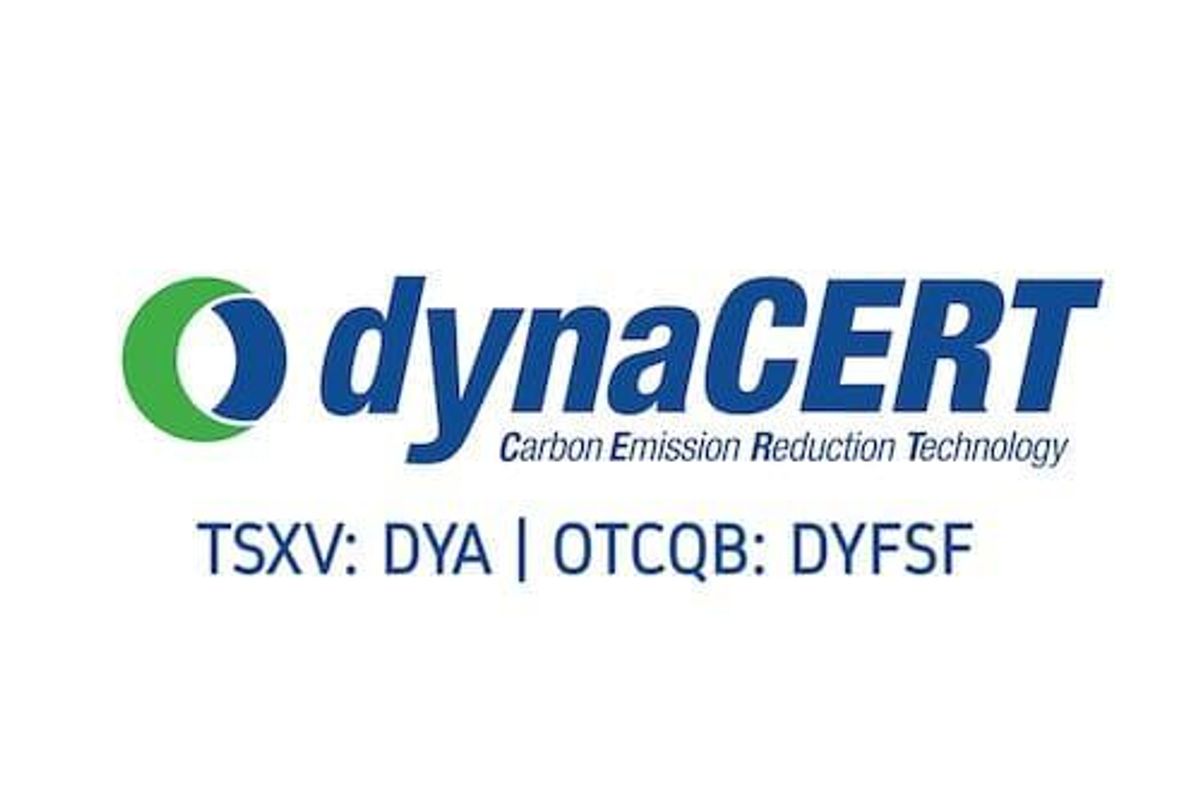
dynaCERT Inc. is pleased to announce that it is advancing its application for a new Carbon Emission Reduction Methodology.
dynaCERT Inc. (TSXV:DYA, OTCQB:DYFSF, FRA:DMJ) (“dynaCERT” or the “Company”) is pleased to announce that it is advancing its application for a new Carbon Emission Reduction Methodology to develop Carbon Credit projects from its HydraGEN™ Technology abilities to reduce carbon emissions on a world-wide basis.
With the support of International Environmental Partners Limited of the UK (“EP”), the Company has completed and submitted the application for a new Methodology to obtain Carbon Credits from the planned Carbon Credit projects to be made available to dynaCERT clients. The application, submitted to VERRA (www.verra.org) under its VCS programme, specifies an all new Carbon Emission Reduction Methodology. The Methodology uses the company’s patented HydraGEN™ Technology to lower carbon emissions and its HydraLytica™ Telematics technology to securely record carbon emissions and other non-personal data from diesel and gas engines. (see Press Release of June 7, 2018).
In anticipation of the number of future world-wide users of dynaCERT’s HydraGEN™ Technology, and the reduction of significant carbon emissions resulting from dynaCERT ’s HydraGEN™ Technology, dynaCERT is seeking to add Carbon Credit monetization benefits to its dealers and end users, such as truckers, trucking fleet operators and other diesel and gas engine users of its HydraGEN™ Technology globally.
About VERRA
VERRA was founded in 2005 by environmental and business leaders who saw the need for greater quality assurance in voluntary carbon markets. The organization now serves as a secretariat for CDM, VCS, JI, VIVO, Gold Standard organizations to develop the various standards and various programs they manage, as well as an incubator of new ideas that can generate meaningful environmental and social values of scale. Headquarters are in Washington, DC, and with staff working remotely in various parts of the world. VERRA is a registered 501(c)(3) not-for-profit organization in the USA.
New Carbon Certification Methodology for Diesel & Gas Engines
There is no current methodology for any reduction in carbon emissions for diesel and gas-powered engines with a recording and collection of those associated Carbon Credits in use anywhere in the world. The dynaCERT application will set a new standard of compulsory compliance for such all subsequent technologies. This Methodology will be made available in all countries throughout the globe. Once accepted by VERRA, as part of the application process, the individual engine data collection and security will be certified as being secure by dynaCERT ’s consultants at Cosario Limited (Cosario) (see Press Release dated November 12, 2019). EP and Cosario will be responsible to assist dynaCERT to manage the carbon credit transactions through trading contracts and other innovative Fintech methods.
Grouped Projects
A Grouped Project is a VCS Program term, which refers to the group of carbon projects that are reducing GHG emissions, all such projects using the same methodology and the same base line for their adoptability, e.g. all the same type of vehicles, belonging to say company A developing a carbon project together with dynaCERT could be included in the Group Projects among other companies e.g. company B, company C and company D.
Under GHG Protocol Corporate Standard there are three (3) Scopes of emissions:
- Scope 1, direct emissions, all emissions coming directly from the activities, e.g. CO2 from the vehicle engines, CO2 coming from the production of power, cement, paper, chemicals, steel and heavy polluters;
- Scope 2, indirect emissions from the purchase of the energy, which has been produced from black, brawn coal, so still dirty energy; and,
- Scope 3, indirect emissions, e.g. supply chain used by the multinational and local corporations to transport their goods and products or travels of individuals by public transport, including trucking and air freight.
Ms. Monika Wojcik, CEO of EP stated, “The importance of decarbonizing the transportation industry, a sector that produces approximately one quarter of GHG emissions globally, has been ignored for far too long. For example, in the USA, transportation has overtaken power generation as the number one emitter of carbon emissions. The Carbon Credits resulting from the emission reduction in all the Grouped Projects to be developed by dynaCERT will give transport, off-road, and mining industries ways to offset Scope 1 emissions, while the global and regional industries will be able to offset Scope 3 emissions under the GHG Protocol Corporate Standard.”
Robert Maier, COO and Chief Engineer of dynaCERT, stated, “We have achieved a very important step towards a free market trading of the carbon emission reductions provided by our HydraGEN™ and HydraLytica™ Telematics technologies. Harnessing Carbon Credits has been one of our long-term goals which we identified a few years ago. We are now on the right path to create a continuous and recurring revenue stream for the Company.”
The VCS Program
The VCS Program is the world’s most widely used voluntary Greenhouse Gas Emissions (“GHG”) program. The flagship VERRA VCS program allows vetted projects to turn their greenhouse gas (GHG) emissions reductions into tradable Carbon Credits. Since its launch in 2006, the VCS Program has grown into the world’s largest voluntary Carbon Credit market. The program has registered more than 1,400 carbon reduction projects worldwide that have reduced or removed more than 300 million tonnes of CO2 equivalent from the atmosphere.
Carbon Markets
By using the carbon markets, entities can neutralize, or offset, their emissions by retiring Carbon Credits generated by projects that are reducing GHG emissions elsewhere. It is critical to ensure, or verify, that the emission reductions generated by these projects are actually occurring. This is the work of the VCS Program i.e. to ensure the credibility of emission reduction projects. Once projects have been certified against the VCS Program’s rigorous set of rules and requirements, project developers can be issued tradable GHG credits that are called “Verified Carbon Units” (VCUs). Those VCUs can then be sold on the open market and retired by individuals and companies as a means to offset their own emissions. Over time, this flexibility channels financing to clean, innovative businesses and technologies.
VERRA’s role
VERRA’s role is to develop and administer the program. VERRA provides oversight to all operational components of the VCS Program and is responsible for updating the VCS rules such that they ensure the quality of VCUs. The development of the VCS Program is supported by the VCS Program Advisory Group, a multi-stakeholder body that helps ensure that the VCS Program continues to serve its users in an effective and efficient manner and drives practical and robust solutions to mitigate climate change.
Projects Under the VCS Program
Projects developed under the VCS Program must follow a rigorous assessment process in order to be certified. VCS projects cover a diverse range of sectors, including renewable energy (such as wind and hydroelectric projects), forestry (including the avoidance of deforestation), and others. Emission reductions certified by the VERRA program are eligible to be issued as VCUs, with one VCU representing one metric tonne of greenhouse gas emissions reduced or removed from the atmosphere.
The VCS Standard lays out the rules and requirements which all projects must follow in order to be certified. Independent Auditing: All VCS projects are subject to desk and field audits by both qualified independent third parties and VERRA staff to ensure that standards are met and methodologies are properly applied. Accounting Methodologies: Projects are assessed using a technically sound GHG emission reduction quantification methodology specific to that project type. Registry System: The registry system is the central storehouse of data on all registered projects, and tracks the generation, retirement and cancellation of all VCUs. To register with the program, projects must show that they have met all standards and methodological requirements.
About dynaCERT Inc.
dynaCERT Inc. manufactures and distributes Carbon Emission Reduction Technology for use with internal combustion engines. As part of the growing global hydrogen economy, our patented technology creates hydrogen and oxygen on-demand through a unique electrolysis system and supplies these gases through the air intake to enhance combustion, resulting in lower carbon emissions and greater fuel efficiency. Our technology is designed for use with many types and sizes of diesel engines used in on-road vehicles, reefer trailers, off-road construction, power generation, mining and forestry equipment, marine vessels and railroad locomotives. Website: www.dynaCERT.com
READER ADVISORY
Except for statements of historical fact, this news release contains certain “forward-looking information” within the meaning of applicable securities law. Forward-looking information is frequently characterized by words such as “plan”, “expect”, “project”, “intend”, “believe”, “anticipate”, “estimate” and other similar words, or statements that certain events or conditions “may” or “will” occur. In particular, forward-looking information in this press release includes, but is not limited to the potential expansion into new markets, industries and segments, such as diesel- powered use of any the dynaCERT products and sales. Although we believe that the expectations reflected in the forward-looking information are reasonable, there can be no assurance that such expectations will prove to be correct. We cannot guarantee future results, performance of achievements. Consequently, there is no representation that the actual results achieved will be the same, in whole or in part, as those set out in the forward-looking information.
Forward-looking information is based on the opinions and estimates of management at the date the statements are made, and are subject to a variety of risks and uncertainties and other factors that could cause actual events or results to differ materially from those anticipated in the forward-looking information. Some of the risks and other factors that could cause the results to differ materially from those expressed in the forward-looking information include, but are not limited to: uncertainty as to whether our strategies and business plans will yield the expected benefits; availability and cost of capital; the ability to identify and develop and achieve commercial success for new products and technologies; the level of expenditures necessary to maintain and improve the quality of products and services; changes in technology and changes in laws and regulations; the uncertainty of the emerging hydrogen economy; including the hydrogen economy moving at a pace not anticipated; our ability to secure and maintain strategic relationships and distribution agreements; and the other risk factors disclosed under our profile on SEDAR at www.sedar.com. Readers are cautioned that this list of risk factors should not be construed as exhaustive.
The forward-looking information contained in this news release is expressly qualified by this cautionary statement. We undertake no duty to update any of the forward-looking information to conform such information to actual results or to changes in our expectations except as otherwise required by applicable securities legislation. Readers are cautioned not to place undue reliance on forward-looking information.
Neither TSX Venture Exchange nor its Regulation Services Provider (as that term is defined in the policies of the TSX Venture Exchange) accepts responsibility for the adequacy or accuracy of the release.
Click here to connect with dynaCERT Inc. (TSXV:DYA; OTC:DYFSF) for an Investor Presentation.

